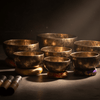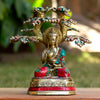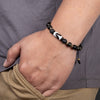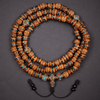Wheel Of Life Thangka Meaning Explained
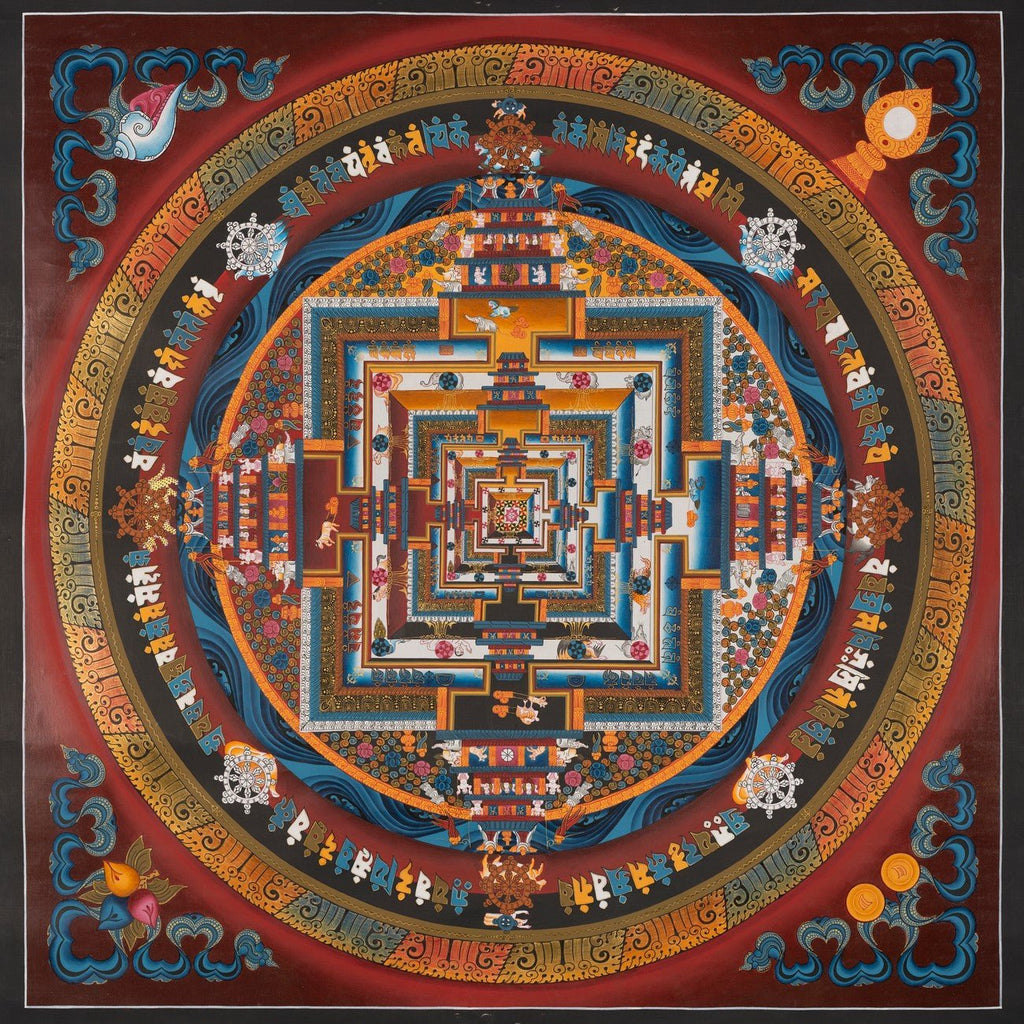
Thangka symbolizes culture, peace, and purity of art. It is a symbolic representation of Samsara (or cyclic existence) found on the outer wall of Tibetan Buddhist Temples and monasteries in the indo-Tibetan region. In Nepal, the Wheel of Life is kept in a simulated form or printed in the thangka. In the Mahayana Buddhist Tradition. It is believed that the drawing was designed by the Lord Buddha himself to help ordinary people understand the Buddha technique.
Related: Buy Mala Beads Online
The Bhavacakra is referred to as the Wheel of Life. The Wheel Of Life is also known as the Wheel Of Cyclic Existence or Wheel of Becoming. The Wheel Of Life is also called The Bhavachakra. Buddhists believe that the wheel is the symbolic representation of the cycle of existence.

In the middle section of Wheel of Life painting, the six realms are depicted:
1. The Realm of Hungry Ghosts
2. The Realm of Hell
3. The Realm of Animals
4. The Realm of Humans
5. The Realm of Gods
6. The Realm of Demon-Gods or The Realm of Asuras
Buddhists have a theory that they follow. They believe that there is a continuous cycle of birth, life, and death. It is believed that a person can only be released from this rotating cycle of rebirth only when they reached enlightenment. The Wheel is divided into 5 or 6 domains into which a soul can be reborn.
The key reason behind the making and keeping the wheel of life thangka is to teach the Buddhist philosophy of life. The art is targeted at farmers and cowherds because for the targeted people understanding the language and the facts about the Wheel of life was difficult to understand. And the Wheel of life was a perfect visual aid for them.
Top facts About The Wheel Of Life
Facts of Wheel of Life Thangka:
1. In the art of Wheel of Life, who is holding the wheel is known as Yama. Yama is alsocalled the lord of the underworld.
2. Yama is who protects Buddhist people and Buddhism.
3. Yama symbolizes impermanence and death. Yama carries the wheel of life in his hooves.
4. In Buddhism, it is believed that enduring is the real essence of all presence. Buddhist call Duhkha for suffering.
5. The wheel of life was invented in 1960 by Paul J. Meyer, founder of the success motivation institute.
6. In the middle section of Wheel of Life, the six realms are depicted: The Realm of Hungry Ghosts, The Realm of Hell, The Realm of Animals, The Realm of Humans, The Realm of Gods, and The Realm of Demi-Gods or The Realm of Asuras.
The wheel Of Life Thangka painting practice is very ancient. Having wheel of life painting in the home will protect the home from all the possible negative energy. The painting explains the cycle of life and death.

Stages Of Wheel Of Life Explained
● The center of the wheel represents three poisons aversion, attachment, and ignorance.
● The second layer is Karma.
● The third layer represents the six realms, which is the cycle of existence.
● The fourth Layer represents twelve links. The links of dependent origination.
● The devilish figure carrying the wheel represents impermanence.
● The moon above the wheel represents freedom from the cycle of existence.
● 'Liberation is Possible' is the indication of Buddha's Finger on the wheel of life.
Thangka Painting is one of the purest art forms in Buddhism culture. Wheel of lofe Thangka is one of the most iconic paintings that was ever made. And it is believed that the concept and the formation of the Wheel of Life were set by none other than Lord Buddha Himself.
-
Posted in
Thangka painting, wheel of life, wheel of life thangka


